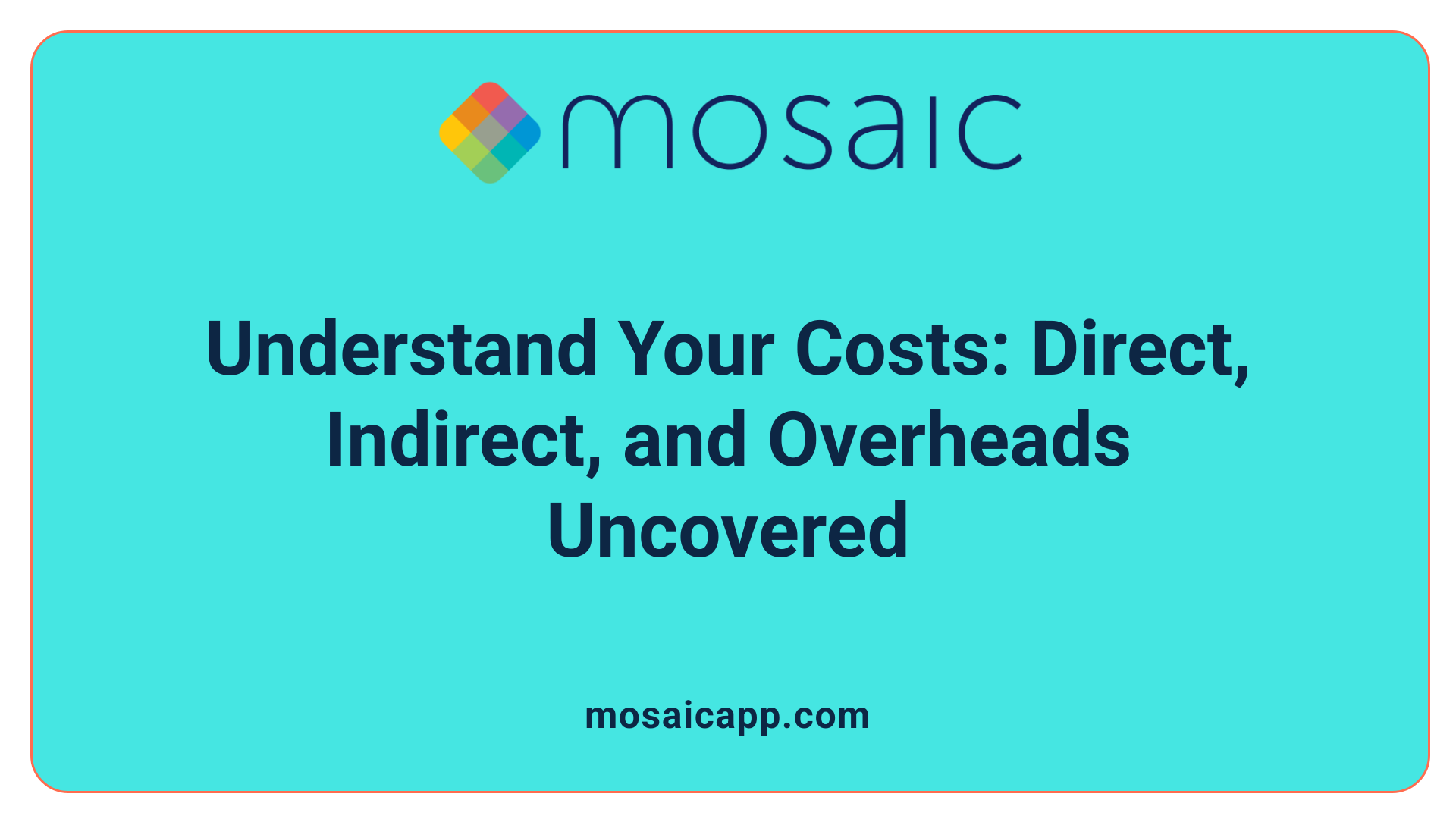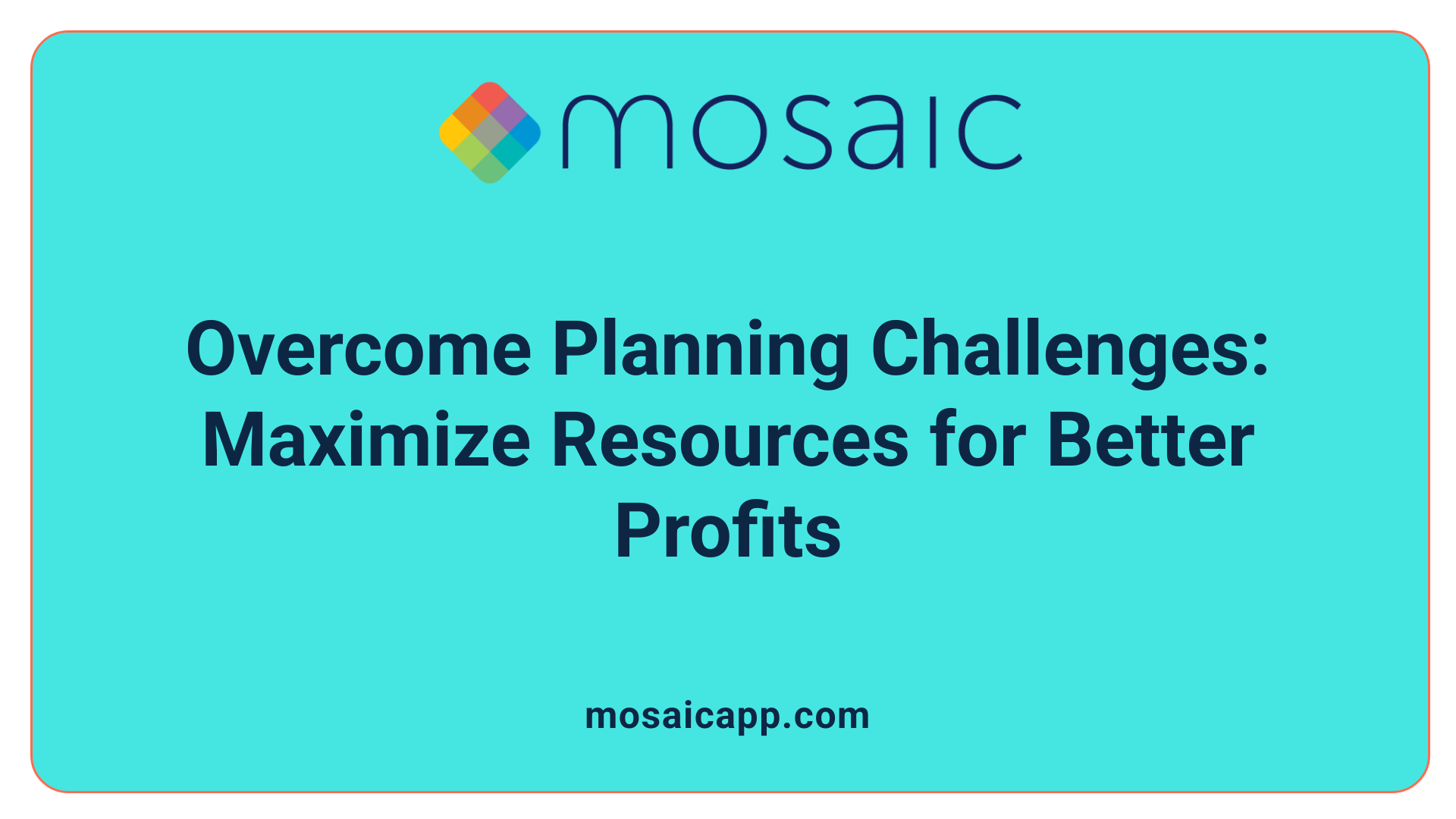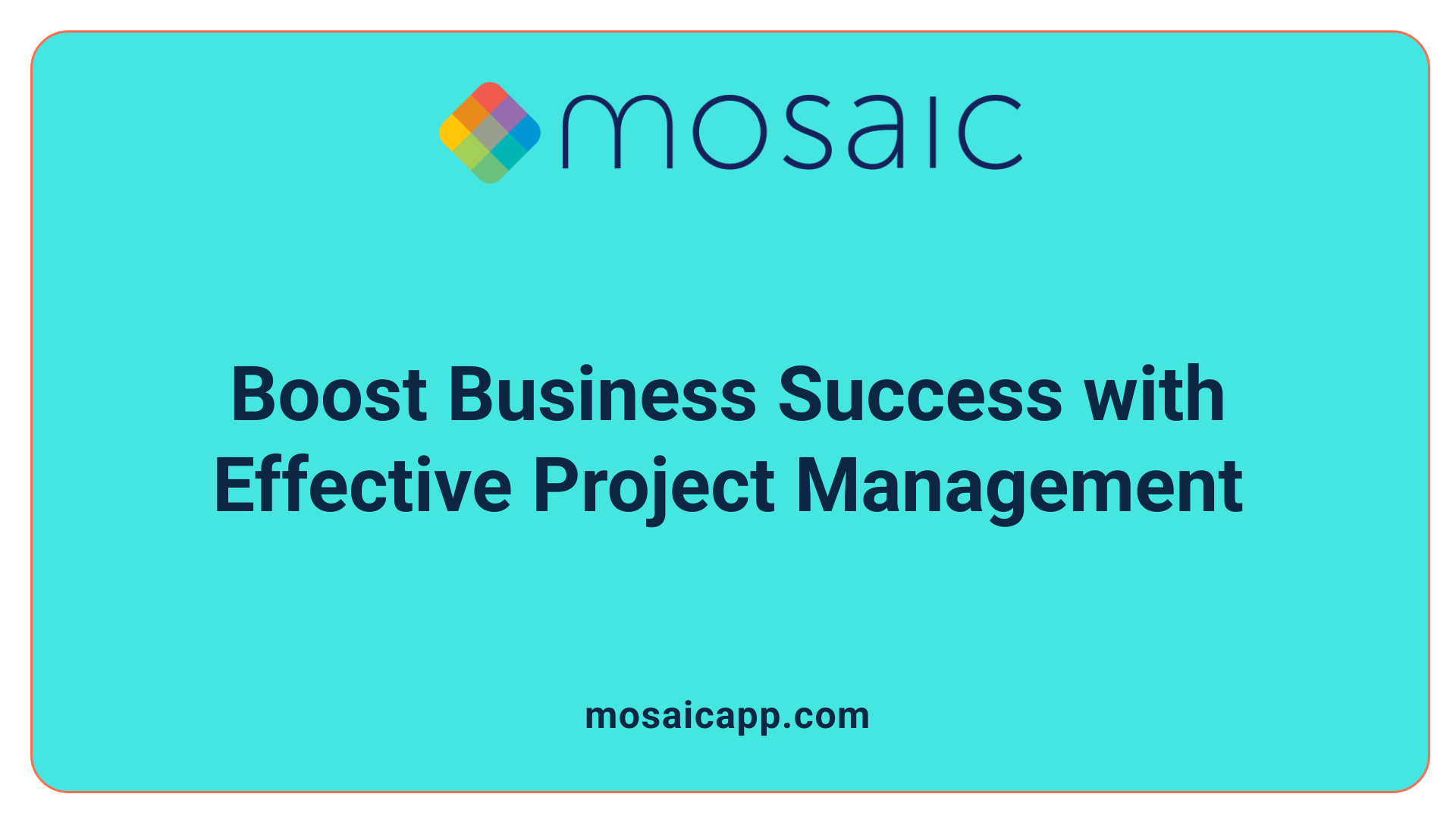Why Project Profitability is the Heart of Successful Project Management
For any organization engaged in delivering projects, profitability is more than just a financial figure — it is a vital measure of efficiency, resource utilization, and strategic planning prowess. Understanding the profit equation in projects requires delving into the dynamic relationship between people, projects, and resource planning. This article explores the foundational concepts of project profitability, highlights critical metrics, and outlines actionable strategies to enhance profit margins through effective resource management and project oversight.
Understanding Project Profitability: Core Concepts and Metrics
What is project profitability, and how is it calculated?
Project profitability measures a project's financial success by comparing the revenue it generates against all its associated costs. To calculate it, you subtract direct costs such as labor, materials, and expenses from the total project revenue. This calculation first gives you the gross profit, which excludes only direct costs.
Net profit takes it further by subtracting indirect costs like administrative salaries, facility expenses, and software licenses from the gross profit. Profit margin, expressed as a percentage, is then calculated by dividing either gross profit or net profit by the total revenue and multiplying by 100. This percentage reveals how much of each revenue dollar remains as profit, providing insight into the project's financial health.
Difference between gross profit, net profit, and profit margin
- Gross Profit: Revenue minus direct costs (e.g., employee salaries and project-specific expenses).
- Net Profit: Gross profit minus all indirect costs and overhead (e.g., facility costs, administrative salaries).
- Profit Margin: A percentage indicating profitability, calculated by dividing gross or net profit by revenue, then multiplying by 100.
A recommended project delivery margin usually lies between 50% and 70%, ensuring adequate profitability.
What key metrics help assess project profitability?
Several metrics help evaluate different profitability dimensions:
- Rate of Realization: Measures the ratio of billable hours to actual hours worked, reflecting time efficiency.
- Return on Investment (ROI): Calculated by dividing net profit by total project costs and multiplying by 100; indicates project profitability relative to investment.
- Profitability Index (PI): The ratio of the present value of gross profit to the initial investment, estimating project efficiency.
- Utilization Rate: Reflects how effectively team members’ available work time is being used for billable tasks.
Monitoring these metrics is essential for understanding project financial performance and guiding resource management strategies.
Dissecting Costs: Direct, Indirect, and Overheads in Projects

What are the components of project costs?
Project costs are made up of both direct costs and indirect costs, each impacting profitability differently.
Definition and examples of direct costs
Direct costs are expenses directly tied to the execution of a project. These include:
- Labor costs: Salaries, wages, and benefits calculated based on actual hours worked by project employees.
- Expenses: Materials purchased specifically for the project, travel costs, client meals, and software licenses required for project deliverables.
- External bills: Payments to outside vendors or suppliers that provide services or products linked to the project.
Indirect costs and overheads
Indirect costs, often called overhead, cover expenses necessary for overall operations but not linked to a specific project. Examples include:
- Facility costs like rent and utilities
- Administrative salaries such as HR and finance personnel
- Software licenses used company-wide
These overheads support the business infrastructure yet must be considered when calculating the project's net profitability.
Impact of different cost types on gross and net profit
Gross profit focuses on revenue minus direct costs, making it a straightforward indicator of project-specific efficiency. In contrast, net profit accounts for all costs, including overhead, providing a comprehensive picture of financial health. Properly distinguishing and managing both cost types ensures accurate profitability analysis and better resource allocation decisions.
The Crucial Role of Resource Planning in Enhancing Profit Margins
How does resource planning affect project profitability?
Effective resource planning plays a vital role in improving project profitability by ensuring that personnel and other resources are optimally utilized. This eliminates waste caused by overstaffing, resource conflicts, or idle capacity, thus controlling costs and increasing profit margins. Careful capacity planning and demand management allow projects to align resources precisely with workload demands, avoiding unnecessary overhead.
Capacity planning and demand management
Capacity planning involves understanding current resource availability and forecasting future needs to meet project demands. Demand management encompasses adjusting resource allocation based on changes in project scope or priority shifts. Together, these processes balance workload, prevent resource bottlenecks, and maintain steady progress without excessive costs.
Common resource planning challenges and solutions
Resource planning often faces issues such as unexpected conflicts, shifting priorities, and communication breakdowns. These challenges can delay projects and inflate costs. Solutions include real-time progress tracking, using historical data to inform plans, upskilling team members for flexibility, stress testing assumptions, and automating repetitive planning tasks. Additionally, employing technology platforms can enhance communication and reduce errors, providing live insights that support ongoing adjustments.
By integrating thorough resource planning with project management tools and strategies, organizations can significantly improve their profit margins and project outcomes.
Time Tracking and Its Impact on Project Financial Health
Why is time tracking vital to project profitability?
Time tracking is critical for accurately measuring labor costs, particularly in hourly billing models. It allows managers to compare billable hours with actual hours worked, ensuring projects stay on budget. Accurate time data supports proper resource allocation, cost estimation, and identification of inefficiencies, which ultimately safeguards profitability.
Importance of time tracking for hourly billing
Hourly billing requires precise documentation of time spent on project tasks. Without time tracking, clients may be undercharged or overcharged, leading to disputes or lost revenue. Time tracking helps establish transparency and trust by providing detailed records of labor efforts.
Tracking billable vs actual hours
The rate of realization metric compares billable hours against actual hours worked. This shows how effectively a project’s time is converted into revenue. When actual hours exceed billable ones, profitability suffers. Monitoring this ratio allows for timely adjustments to workload, billing, or staffing.
How time tracking affects budgeting and profitability
Accurate tracking of time spent helps forecast labor costs and identify overages early. This enables proactive management decisions such as reallocating resources or revising timelines. Proper time data contributes to realistic project budgets, improving gross profit margins and keeping net profits within target ranges.
By integrating time tracking into project management, organizations gain valuable financial insights. Tools like Teamwork.com and Productive facilitate detailed time records and real-time visibility, empowering teams to optimize labor utilization and enhance overall project financial health.
Leveraging Software Tools to Integrate Financial and Project Data

Features of profitability management software
Profitability management software offers a suite of functionalities tailored to streamline financial oversight and project data integration. Common features include setting up individual employee cost rates, tracking overhead and direct expenses per project or client, monitoring revenue inflows, and generating comprehensive profitability reports. These tools allow managers to track labor costs, external expenses, and administrative overheads all within one system.
Advantages of real-time data integration
Integrating financial and project data in real-time brings significant advantages. It empowers project managers to monitor costs against budgets as they occur, identify potential overspending early, and adjust resources accordingly. This immediate insight enhances decision-making and helps maintain healthy profit margins by preventing cost overruns. Additionally, real-time data facilitates more accurate forecasting and efficient resource allocation.
Examples of useful tools like Productive, Bonsai, QuickBooks, Teamwork.com
Several tools excel at managing project profitability by combining financial and operational data:
- Productive: Specializes in real-time labor cost management, overhead tracking, and expense monitoring alongside revenue data. Its detailed reports help keep projects financially healthy.
- Bonsai: Offers an all-in-one platform for tracking revenues, expenses, and profit margins, ideal for simplifying project financial management.
- QuickBooks: Widely used accounting software that integrates project costs with overall financial accounting, aiding profitability analysis.
- Teamwork.com: Provides strong features for time tracking, expense management, and real-time project performance insights, supporting effective profit management.
How can software tools improve project profitability management?
Using these integrated software tools, project teams gain clear visibility into all financial aspects of a project. They can efficiently manage labor costs, overhead, and client billings in one place. This holistic approach reduces errors, speeds up planning, and empowers managers to make informed decisions that improve project outcomes and increase profitability.
Strategic Approaches to Improving Project Profitability
What strategies can improve project profitability?
Improving project profitability hinges on a few well-structured strategies. First and foremost, thorough project planning with clearly defined scope and budget is crucial. This means setting precise project goals and limits from the start, helping control costs and avoid scope creep that can erode profits.
Efficient resource allocation is another pivotal strategy. Proper capacity planning ensures personnel and materials are used optimally, minimizing idle time and resource conflicts. Using real-time progress tracking and analyzing historical data can aid in smarter resource management.
Continuous monitoring and adjustment play a vital role. Regularly comparing actual costs and revenues against budgets allows project managers to identify issues early. Tools like project dashboards provide visibility, enabling quick corrective actions to maintain profit margins.
Prioritizing high-margin projects further supports profitability. By focusing efforts on projects with the best return and managing deliverables carefully, organizations can maximize overall profit. Embracing technology and financial tracking tools like Productive or Bonsai enhances these strategies by integrating cost, time tracking, and revenue data for continual insight.
Together, these approaches empower project teams to balance cost control with efficient delivery, boosting financial outcomes for both small agencies and larger firms.
Industry Benchmarks and Profit Margin Expectations

What are typical profit margins and benchmarks in project management?
Profit margins serve as critical indicators of financial health in project management, with benchmarks varying based on agency size and organizational maturity. Small agencies with fewer than 10 employees typically maintain profit margins around 15%. Larger agencies, while still profitable, often report slightly lower margins due to more complex operations and higher overheads.
The recommended delivery margin—calculated by dividing gross profit by total project revenue and multiplying by 100—usually falls between 50% and 70%. This range ensures projects are sufficiently profitable, balancing labor and external cost considerations.
Additionally, benchmarks related to organizational maturity reveal different margin expectations. Agencies at the Heroic maturity level aim for profit margins near 24%, while Operational organizations target around 32%. The most strategically mature organizations seek margins of about 50%, reflecting optimized efficiencies and better resource utilization.
Understanding these benchmarks helps project managers and agency leaders set realistic profitability goals, identify areas for improvement, and benchmark their performance against industry standards. Maintaining delivery margins within the recommended range is essential for sustainable growth and competitive advantage.
Overcoming Resource Planning Bottlenecks to Protect Profitability

What common challenges affect resource planning and how can they be addressed?
Resource planning often faces significant hurdles such as unexpected resource conflicts, shifts in project priorities, and breakdowns in communication.
To tackle these challenges effectively, organizations should adopt real-time progress tracking, which provides immediate visibility into project status and resource availability. This enables quicker adjustments and helps avoid bottlenecks.
Upskilling team members is another valuable strategy. Equipping employees with broader skill sets allows them to fill in critical roles during resource shortages or priority shifts, increasing overall flexibility.
Learning from historical project data aids in anticipating potential problems, while stress testing assumptions helps validate resource allocations before execution.
Finally, automating routine planning tasks minimizes human errors and accelerates the planning process, leading to better resource utilization. Leveraging technology and resource management platforms not only streamlines workflows but also enhances communication among teams, resulting in more efficient projects and improved profitability.
The Financial Payoff: How Proper Project Management Translates to Business Success

Role of Project Accounting
Project accounting is essential for tracking all revenues, costs, and profit margins related to projects. By monitoring these financial elements closely, businesses gain valuable insights into how each project performs financially, which allows for informed decisions to maximize profitability. This accounting encompasses both direct costs like labor and materials, as well as indirect overheads.
Return on Investment and Profitability Indices
Return on investment (ROI) and the Project Profitability Index (PPI) serve as important benchmarks for evaluating the efficiency of projects. ROI measures the net profit relative to total project costs, while PPI compares the present value of gross profits to initial investments. These metrics help managers understand whether resources are being utilized effectively to generate returns.
Financial Health Monitoring for Strategic Decision-Making
Regular financial health assessments using tools and metrics allow project managers to identify trends, adjust budgets, and reallocate resources proactively. Accurate time tracking and expense monitoring support this by providing real-time data, which is critical for staying within budget and improving profit margins across projects.
Benefits of Best Practice Project Management
Adopting best practice methods in project management yields significant financial benefits. According to data, these approaches can result in cost savings up to 28 times greater than those achieved without structured management. Clear scope definition, resource allocation, and ongoing performance reviews contribute to improved profitability and long-term business success.
How does effective project management impact overall business profitability?
Effective project management, supported by precise project accounting, tracks revenues, costs, and profit margins, enabling optimization of profitability. Using metrics like ROI and the Project Profitability Index helps assess efficiency and inform strategic decisions. Data-driven project oversight facilitates timely budget adjustments and resource reallocation. Best practice project management can generate savings up to 28 times greater, driving long-term business success.
Bringing It All Together: Maximizing Profit Through Integrated Project and Resource Management
Profitability is the ultimate indicator of project success, hinging on a delicate balance of people, project execution, and meticulous resource planning. By thoroughly understanding project costs, leveraging real-time software tools, rigorously tracking time and resources, and applying strategic planning and monitoring methods, organizations can significantly enhance their profit margins. Embracing industry benchmarks and proactively addressing resource challenges further fortifies this profit equation. Ultimately, integrated project management practices do not merely secure project financial health—they lay a robust foundation for sustainable organizational growth and competitive advantage.
References
- Project Profitability: Formulas Explained
- Calculating Project Profitability: Beginner's Guide
- Understanding and calculating project profitability
- Resource Planning in Project Management: Boost ...
- Measuring Project Profitability for Professional Services
- Learn how to calculate and improve project profitability with ...
- How to Calculate, Track and Forecast Project Margin for ...
- How to Calculate & Analyze Project Profitability


